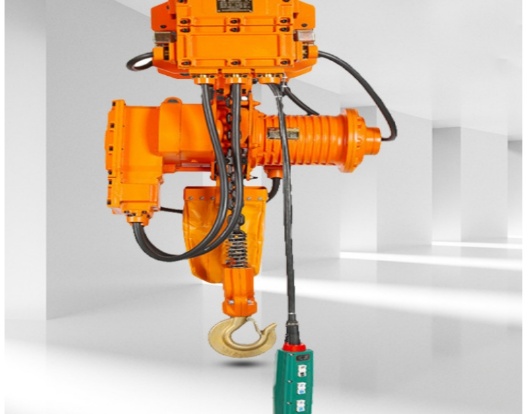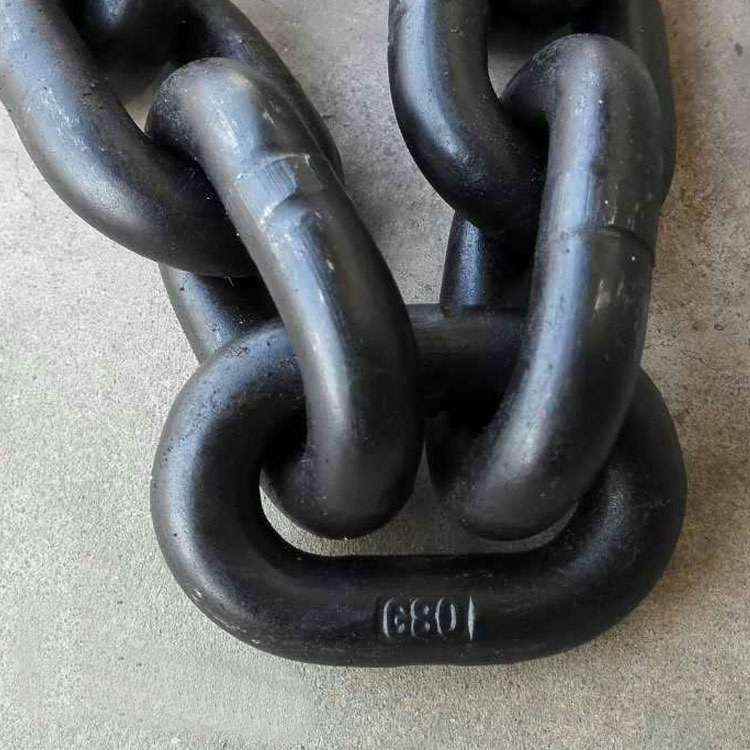
Many petrochemical, flammable, explosive, and chemical industries need to use electric hoists. Ordinary electric hoists cannot meet the needs. Therefore, we have developed explosion-proof electric hoists to ensure that the electric sparks or heat generated in the crane itself and the working environment will not cause explosion hazards and disasters.
With the development and progress of the electronics industry, the petroleum industry, various chemical, military and other industries, the requirements for the explosion-proof performance and explosion-proof grade of explosion-proof electric hoists are getting higher and higher, which requires the explosion-proof electric hoists to start from their own technical level, explosion-proof performance, application range and many other aspects have put forward new requirements.Higher requirements.
1. At present, many explosion-proof electric hoists on the market are only suitable for general explosive environments and cannot meet the requirements of higher environments. Therefore, the explosive environment containing H2 and C2H2 is constantly increasing, especially the technology of dissolving C2H2 has been greatly developed. Improving the development of DCC explosion-proof electric hoists is an inevitable trend, and the requirements for explosion-proof grades are also getting higher and higher.
2. The mechanical friction between the explosion-proof wire rope electric hoist wire rope and the reel is a common phenomenon in the market. Oil-immersed wire ropes can only be used to reduce mechanical friction. According to regulations, wire ropes should be soaked in oil once a week.
3. In the operation of the explosion-proof electric hoist, stainless steel wheels or copper alloy wheels with non-spark materials are used to solve the heat and sparks generated by the mechanical friction between the wheels and the track, but the wear resistance and service life of the wheels are also a specific problem that needs to be solved.
In addition, there is also a problem with explosion-proof electric hoists, namely the impact between the hook and the object, the hook and the equipment. Currently, some manufacturers use devices with rubber hooks to cushion the impact. In order to better develop, these problems must be well solved, and on this basis, the explosion-proof technology of electrical appliances must be improved.


